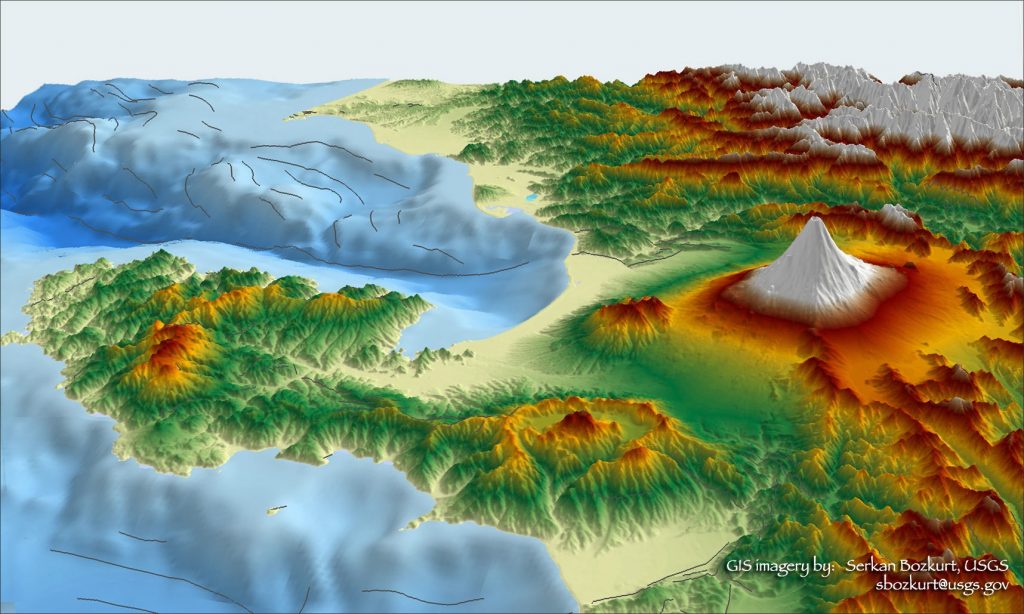
Sri Lanka: Sri Lanka’s Survey Department is setting up national spatial data infrastructure where spatial or location-based information can be better used and shared by both the government and businesses, an official said.
Remote sensing is a useful tool for national development, disaster management, environmental protection, and mapping and land registration, Surveyor General of Sri Lanka P. M. P. Udayakantha said.
“Sri Lanka is stepping into a new era of geo-spatial information,” Udayakantha told an international remote sensing conference that began in Colombo on Monday. “We are in the process of establishing national spatial data infrastructure.”
Geo-spatial or location-based data can be combined with broader information assets to serve the needs of the government, businesses and citizens in applications like the type of vegetation or rainfall in a given area, or elevation data of terrain and topographic maps, according to the Survey Department.
Building national spatial data infrastructure is aimed at making the information widely available to a growing body of users for development work and commercial applications.
“The government is very keen in new developments in geo-spatial information, with a view to develop a land information system that will effectively help the development of the country,” Udayakantha said.
The Survey Department has completed a ‘LiDAR’ survey with Japanese government aid covering five districts, Udayakantha said. LiDAR, for ‘Light Detection And Ranging’, is a remote sensing technology that measures distance by illuminating a target with a laser light.
The department is developing spatial data products that can be used with a range of applications covering the whole country to support planning, development and land registration activities.
It will also publish 1:50,000 map series with data extracted mainly through satellite images and remote sensing, Udayakantha told the Asian Conference on Remote Sensing held by the Asian Association of Remote Sensing.




